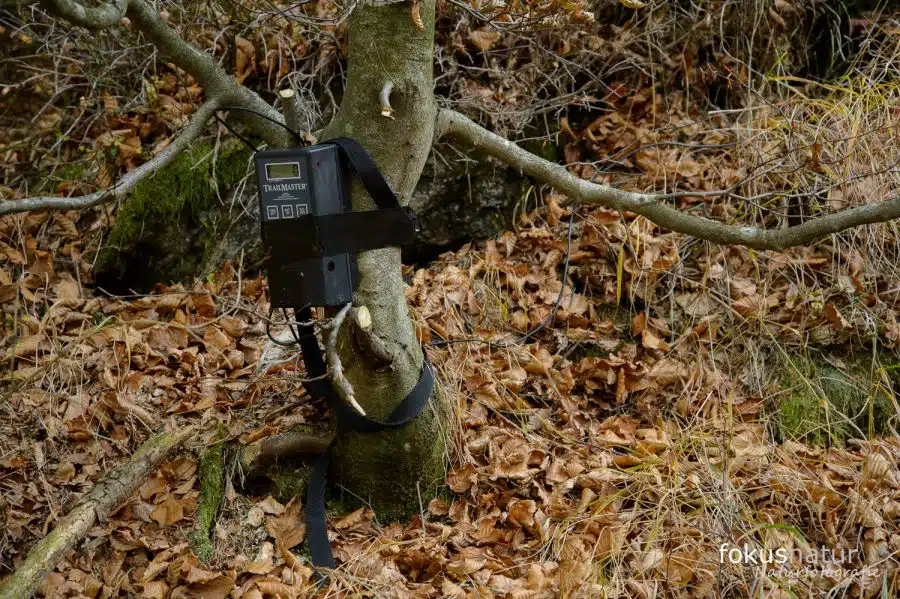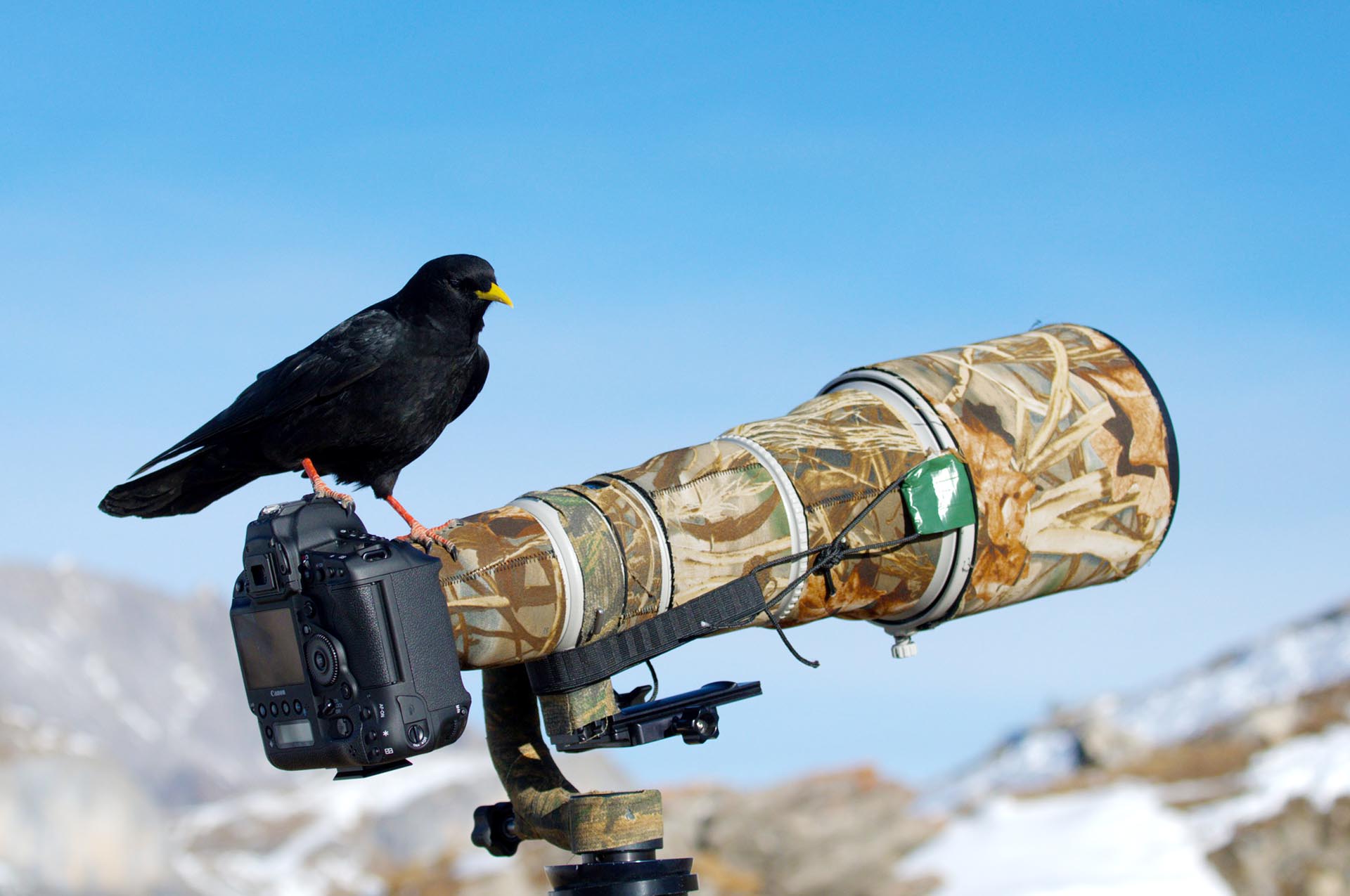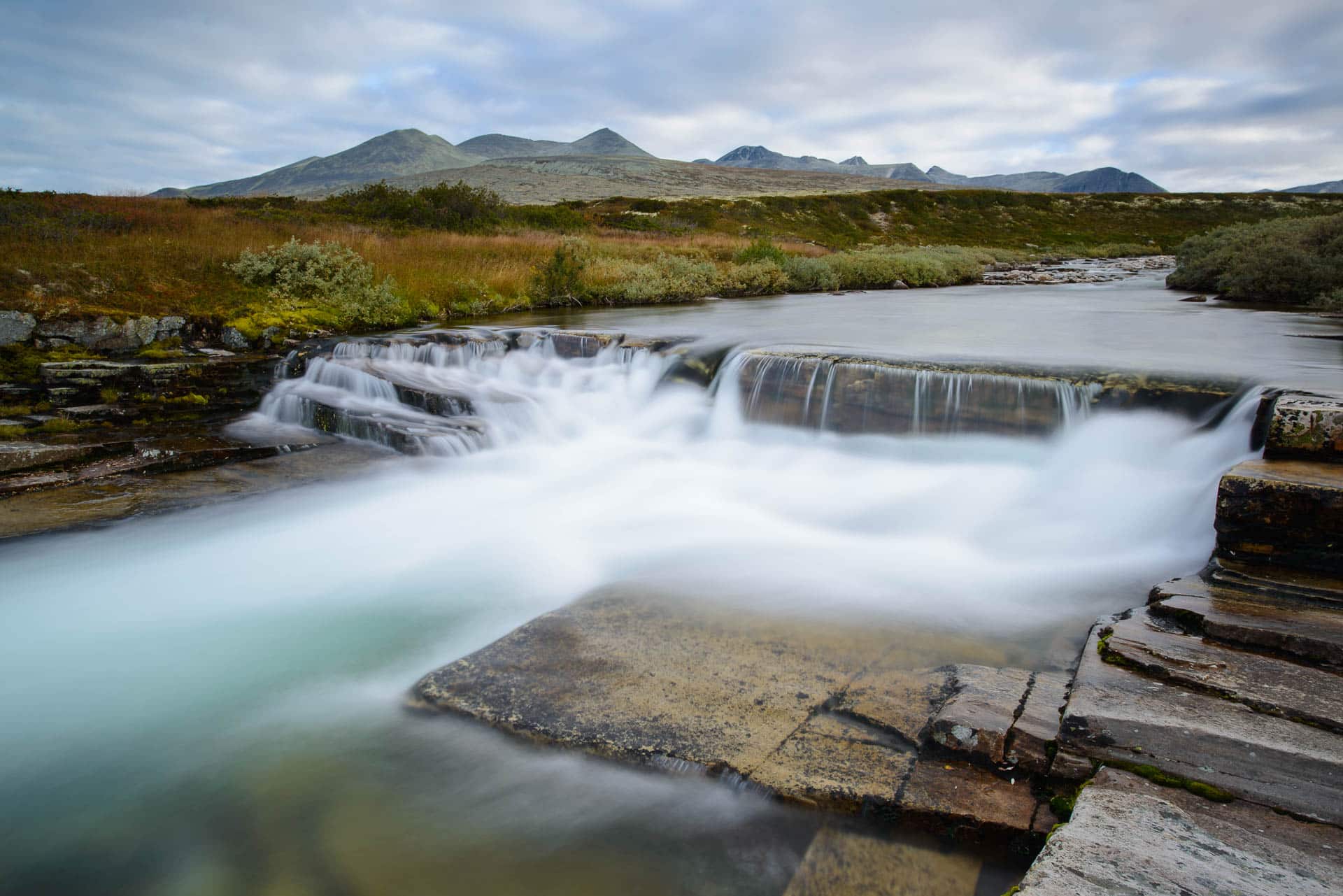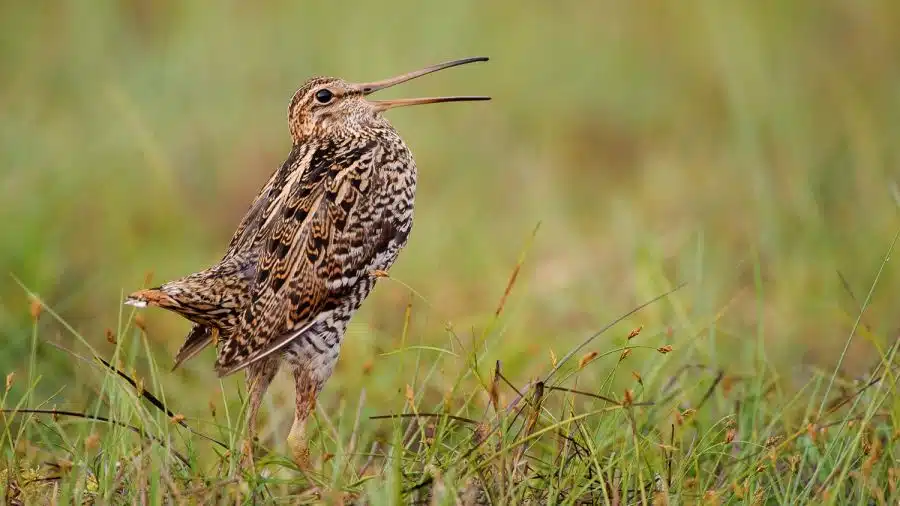When working with camera traps in nature photography, you need reliable and solid equipment. The Trailmaster TM1550 PS light barrier is just right for this and makes light barrier photography a lot of fun! My experience.

Shortly after I started camera trap photography as a supplement to conventional nature photography (with telephoto, macro and wide angle) and had given up making my own light barriers, I ordered two Trailmaster TM1550 PS Infrared Trail Monitors directly from the manufacturer in the USA. Light barriers are sometimes necessary if you want to photograph an animal in one spot or if you have shy subjects where it’s all about the one photo – then motion detectors are not the right tool.
You can find out more about choosing the right sensor here: Sensors for DSLR camera traps
Back to the Trailmaster: This trigger is a light barrier in which a pulsed infrared beam from a transmitter hits a receiver in the receiver. If the beam is interrupted, the camera is triggered. It’s actually quite simple: imagine a string between the two modules and the camera triggers as soon as an animal breaks the string.
It is a good idea to position the beam approximately at the animal’s head height so that the camera releases the shutter exactly when the head is in focus. This does not always work – but sometimes it does. It becomes dangerous when the legs trigger the shutter: as we know, the hind legs are further back than the front legs – and when the hind legs trigger the shutter, the head is already much too close to the camera.
The sensitivity can be adjusted, so you can be sure that the camera is not triggered by falling fall leaves. Fortunately, the Trailmaster is too insensitive for rain or snow anyway – quite unlike the eltima Jokie, for example, which I only use as a travel light barrier.
With the Trailmaster, you can place the transmitter and receiver about 12m apart so that it works reliably. I have tried this and can confirm it. It makes sense, if at all possible, not to point the receiver to the east or west, where the low sun could shine directly into the receiver. This can sometimes lead to false triggering.
The camera is connected to the Trailmaster via a 3.5mm jack cable. I soldered this myself and adapted it to a 2.5mm jack socket to make it compatible with my standard. The camera’s trigger cable then goes into the 2.5mm jack socket.
I am completely impressed by the battery life of the light barrier: more than 6 months is quite possible. Really a brilliant performance!

The tool also proves to be particularly resistant to wind and weather: snowed in for several months was no problem. Thawed, dried, works. You wish you had tools like this more often in photography, don’t you?





